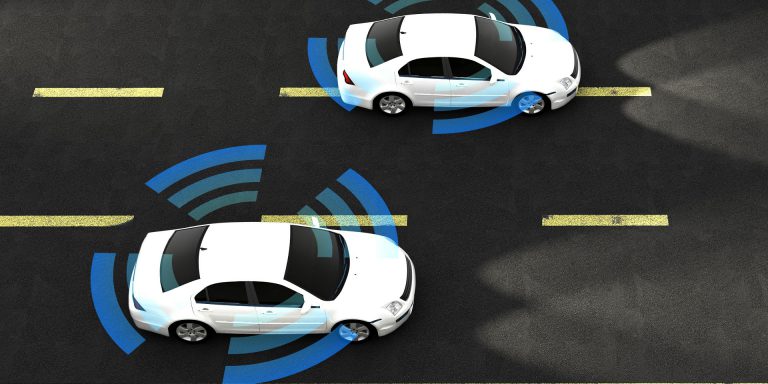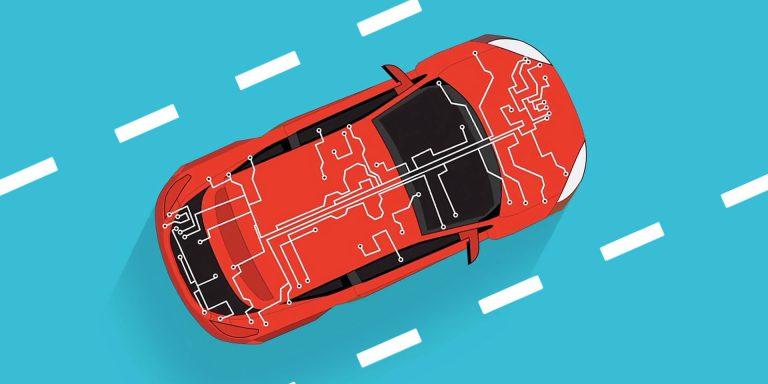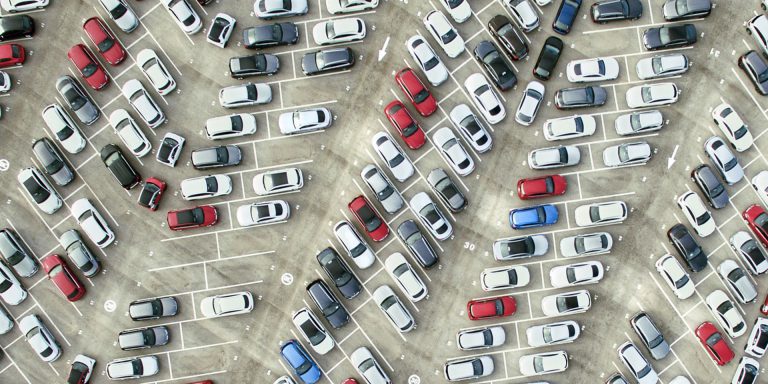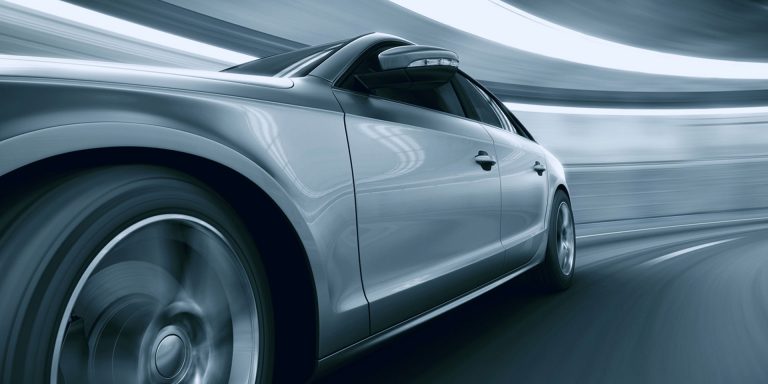What will the car of the future look like?
The automotive industry is experiencing the biggest upheaval in its history. Pascal Brier, Altran Group Executive Vice-President, sheds light on the four major trends for the car of the future: electric, autonomous, connected, and with a completely new architecture.
A technological tsunami has been upturning the automotive industry over the last decade. Traditional patterns have been exploding as the digital revolution leads to reinventing all the hardware and software architecture on vehicles. It may well be that in a few years’ time, a car will look nothing like it does today.
"This development will be in stages: we start without feet and then do without hands and eventually without eyes."
Pascal Brier, Altran Group Executive Vice-President
In the opinion of Pascal Brier, Altran Group Executive Vice-President and responsible for innovation, it is disruptive technology. The car of the future is well and truly on its way! Here are its main features.
The electric car
Electric was the first phenomenon to transform cars. When it was first introduced, experts envisaged a specific use – for public transport for example. Beating the predictions, electric cars are slowly emerging as a must-have in all the market segments.
It now has numerous technological advantages and its alleged historical weaknesses, such as autonomy (600 km for the latest Tesla for example) or road performance, no longer apply.
This trend has been greatly reinforced by environmental obligations to reduce particle and greenhouse gas emissions. In the years ahead, increasingly powerful hybrid or electric engines will gradually replace the traditional internal combustion engine.
The autonomous car
It is the most spectacular revolution. Tomorrow, cars will be able to do without their drivers. “This development will be in stages: we start without feet and then do without hands and eventually without eyes,” says Pascal Brier.
The first two stages have already been completed. Cruise control has existed for several years: drivers can set a cruising speed and remove their feet from the pedals. And some cars now offer driver assistance systems that make it possible to remove the hands from the wheel in specific situations such as in traffic jams, or when parking, etc.
The next step? 100% autonomy. Engineers are working to replace human eyes with a multitude of cameras, sensors and lasers that will reproduce the environment in 3D and allow the vehicle to make navigation decisions alone. Popularized by Google and its famous Google car, most manufacturers have begun looking at autonomy and are currently in the phase of conducting major tests on the roads.
"cars are becoming a separate place for service consumption,"
Pascal Brier, Altran Group Executive Vice-President
The connected car
The car of the future will be fully connected with objects… and humans!
In fact, in order to be autonomous and make the right decisions, cars must be able to exchange a variety of information with the outside world: traffic, weather, vehicle condition, service stations, accidents, etc. Eventually, through various sensors, it will be able to communicate with other vehicles but also with the infrastructure (roads, buildings, etc.). In addition, numerous online services will be available to passengers: Wi-Fi, cloud, media, entertainment, etc.
In Pascal Brier’s opinion, this involves a total paradigm shift, “cars are becoming a separate place for service consumption,” he says. Just imagine: a several hour trip will become an opportunity to answer your emails, watch the latest film released in cinemas or skype a friend on the other side of the planet.
A new method of manufacture
The last major change concerns the industry itself. Tomorrow’s factories will be nothing like they are today. All the car’s hardware and software architecture is in the process of being redesigned.
On one hand, the body is slowly changing to incorporate new technologies – such as lightweight composite and 3D printing materials. And on the other hand, to ensure the connectivity and range of the vehicle, numerous smart devices will have to be connected and integrated- including computers, cameras, infotainment centers, etc.
This means completely overhauling the car’s electronic architecture. Pascal Brier thinks, “we are moving from a “wired” car, to a completely separate network architecture that is in the shape of a vehicle.”
To conclude, the car of the future, built according to a new model, will be electric, autonomous and connected. It will bring a number of benefits to society: less pollution, more safety, more free time and services. And at the end of it all? A paradigm revolution: cars will perhaps offer less pleasure driving on the open road but will offer real transport, safety and connectivity services.
Many challenges lie ahead of course – technological, industrial and legislative – but the transition is already well on its way and the phenomenon will accelerate in the coming years. Many players are opting in to the adventure: manufacturers, equipment manufacturers, service providers, telecom operators, web giants, etc. It’s a real challenge for the automotive industry. Pascal Brier enthuses: “the car of the future opens amazing doors to technological innovation; we have before us the opportunity to rethink transport.”








